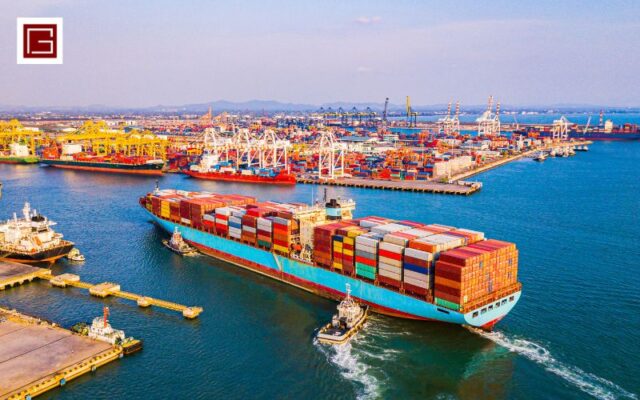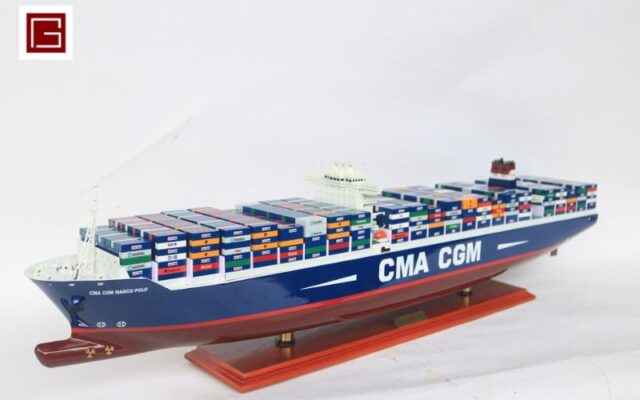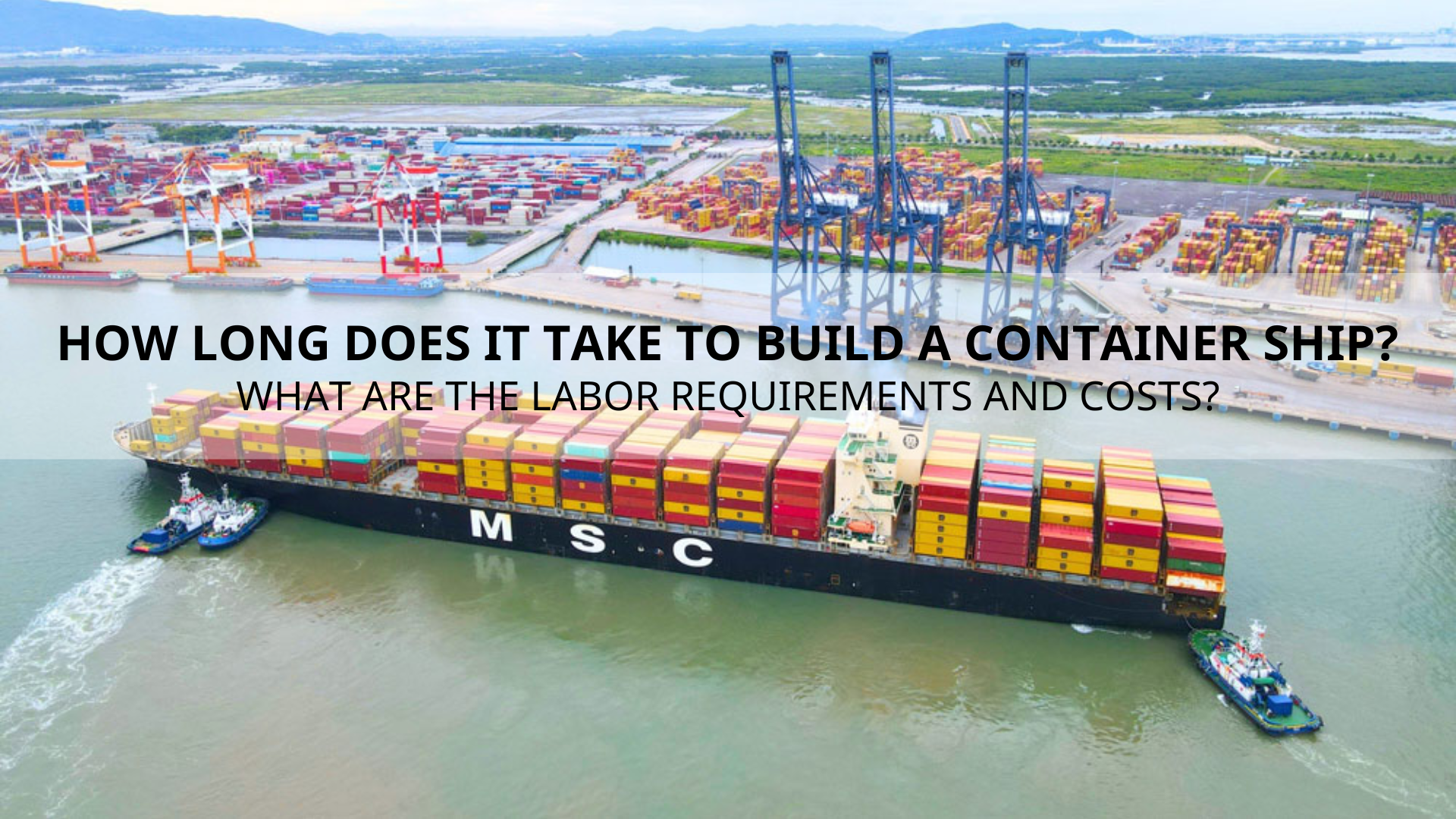BLog New
How Long Does It Take to Build a Container Ship? What Are the Labor Requirements and Costs?
The commercial shipbuilding industry has long been considered the “backbone” of global transportation. Among its various vessels, container ships play a crucial role in meeting the demands of import and export, transporting goods all over the world. Have you ever wondered how long it takes to build and complete a container ship? How much labor and cost are required for such a massive undertaking? Let’s explore some fascinating “secrets” behind this process!
CONTENTS
- 1 1. Container Ships – The Pillars of Global Transportation
- 2 2. The Process of Building a Container Ship
- 3 3. Manpower Required for Shipbuilding
- 4 4. Cost of Building a Container ShipThe cost of building a container ship depends on its size, technology, and the materials used. On average:
- 5 5. Challenges in the Container Shipbuilding Industry
- 6 6. The Future of Container Shipbuilding
- 7 Conclusion
- 8 Own a Container Ship—On a Smaller Scale!
1. Container Ships – The Pillars of Global Transportation
Container ships are specialized vessels designed to transport goods packed in standardized containers, enabling quick loading and unloading while minimizing operational costs. These ships can carry anywhere from a few thousand to tens of thousands of TEUs (Twenty-foot Equivalent Units – the standard measurement for 20-foot containers), connecting ports across Asia and Europe, from the Americas to Africa.

2. The Process of Building a Container Ship
Constructing a container ship typically takes between 12 to 24 months, depending on its size and the technology involved. This process involves multiple complex stages, from design and component manufacturing to assembly and testing.
Key Steps in the Shipbuilding Process
-
Design and drawing approval: This stage takes around 3 to 6 months.
-
Hull construction: Steel is cut and welded to form the ship’s structural frame.
-
Installation of engines and machinery: Large diesel engines or environmentally friendly propulsion systems like LNG are installed.
-
Fitting navigation systems, radar, and container holds: These secure storage areas are reinforced to withstand harsh marine conditions.
- Testing and sea trials: This phase typically lasts 1 to 2 months to ensure the vessel meets technical and safety standards.
3. Manpower Required for Shipbuilding
Building a fully operational container ship requires thousands of skilled workers from various disciplines.
-
Design and structural engineers: Responsible for detailed planning of each part of the ship.
-
Mechanical workers and welders: Handle the cutting and welding of large steel plates to form the hull.
-
Electrical and engine engineers: Specialize in installing the ship’s power and propulsion systems.
-
Supervision and inspection teams: Ensure quality control and safety compliance before launch.
Each shipbuilding project typically involves 3,000 to 5,000 personnel working continuously over a period of 1 to 2 years.

4. Cost of Building a Container Ship
The cost of building a container ship depends on its size, technology, and the materials used. On average:
-
Medium-sized container ships (around 5,000 TEUs): $50–100 million USD
-
Large container ships (15,000–24,000 TEUs): Can cost up to $150–200 million USD
-
LNG or hybrid engine systems: These are about 10–15% more expensive than conventional diesel engines due to their environmentally friendly technology.
5. Challenges in the Container Shipbuilding Industry
-
Fluctuating raw material prices: Steel and other specialized materials make up a significant portion of total costs.
-
Shortage of highly skilled labor: The industry requires experienced and highly trained technicians and engineers.
-
Strict environmental regulations: Shipbuilders are transitioning to cleaner fuels like LNG, which increases production costs.
-
Delivery deadlines: Shipbuilding contracts usually have strict timelines and financial penalties for delays.
6. The Future of Container Shipbuilding
Looking ahead, this industry will see major advancements in automation and eco-friendly technologies. Shipyards are investing in robotics and AI to reduce construction time and improve quality. Additionally, the rise of smart ships—designed to optimize routes and save fuel—is expected to become more widespread.
Conclusion
Building a container ship is a highly complex process that requires significant investment in time, manpower, and capital. From the first blueprint to the moment the ship is launched, every step is closely monitored to ensure quality and safety. Despite numerous challenges, the container shipbuilding industry continues to evolve to meet the growing demands of global trade.
So, the next time you see a massive container vessel docking at a port, remember the tireless efforts of thousands of workers and the intricate process behind its creation!
Own a Container Ship—On a Smaller Scale!
If you’ve ever dreamed of owning a container ship yourself, visit the Gia Nhien Wooden Boat Showroom! Here, you’ll find expertly crafted miniature wooden ship models built to precise scale—up to 95% resemblance to real-life vessels—for just a few million VND. Perfect for collectors and maritime enthusiasts alike.

Currently, Gia Nhien Wooden Ship Models has handcrafted over 100 unique container ship models, representing a wide range of well-known shipping brands. Each model is meticulously handcrafted from natural wood, with intricate detailing that captures the essence of real-life vessels.
👉 Explore the collection of commercial ship models crafted by Gia Nhien’s skilled artisans here: https://woodenmodelships.net/commercial-ships
And don’t forget to follow Gia Nhien’s upcoming articles so you won’t miss out on any fascinating insights about the world of ships and maritime craftsmanship!

